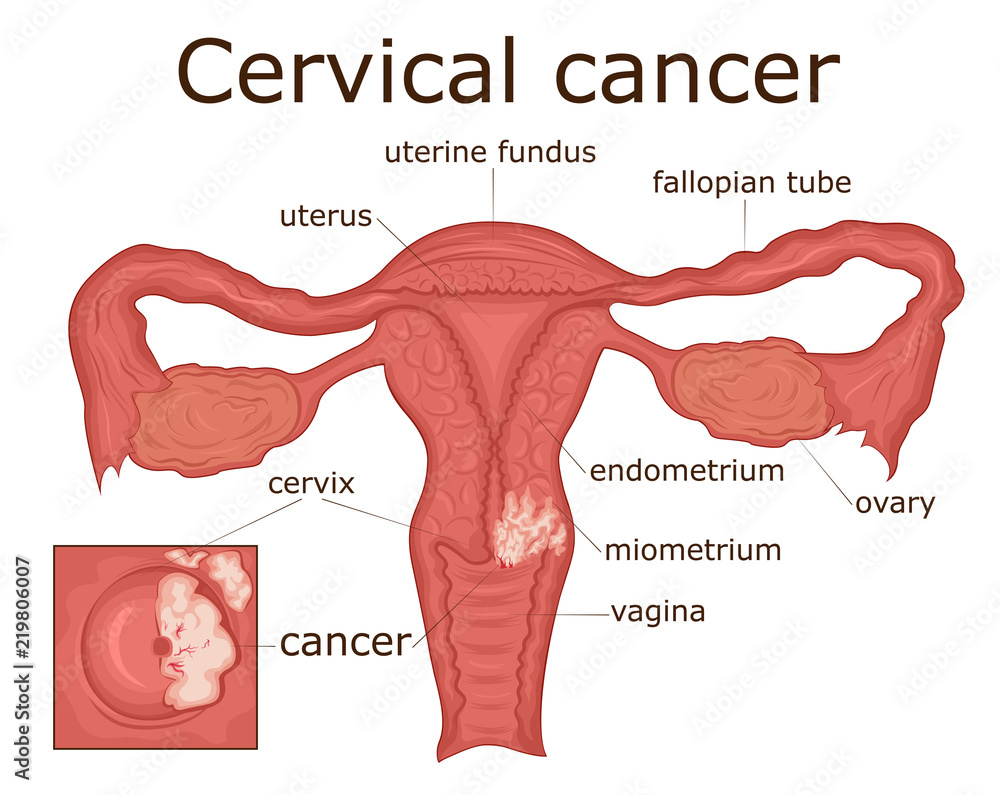A new study by The Lancet paints a grim picture: 44 million women globally could develop cervical cancer by 2069, with casualties potentially rising by 50% by 2040. In Nigeria, where the cancer claims 28 lives daily, the situation is particularly dire.
Limited access to healthcare and a severe shortage of essential equipment like brachytherapy machines compound the problem. Dr. Bolanle Adegboyega, a leading oncologist, highlights the scarcity of these machines, crucial for targeted cancer treatment. During this treatment, small radioactive implants are placed either inside or near the tumor. These implants emit radiation that targets cancerous cells and minimises damage to nearby healthy organs.
Smoking and other risks factors
Beyond access, preventable risk factors exacerbate the issue. Usha Anenga, a gynecologist, warns against smoking and unhealthy lifestyles, emphasizing their contribution to cancer risk. Cultural practices like early marriage and female genital mutilation further endanger women, as Anenga and the UN Population Fund report.
“Multiple factors contribute to the increased incidence of cervical cancer in Africa. Early sexual activity, multiple sexual partners and limited access to healthcare and screening services all play a role. Moreover, certain cultural practices, such as child marriage and female genital mutilation, further increase the risk of this disease,” Anenga said
A glimmer of hope emerges in the form of vaccination. Muhammed Ali Pate, the Health Minister, and Muyi Aina, head of the National Primary Health Care Agency, champion this life-saving strategy. Over 4.7 million girls have already received the HPV vaccine across Nigeria, offering crucial protection.
Still challenges persist. Anenga decries misinformation surrounding the vaccine, attributing it to “archaic ideas” hindering progress. He stressed the importance of overcoming these obstacles and encourages widespread vaccination of adolescent girls at primary healthcare centers.
“The vaccine is available and intended for girls between 9 and 13 years old. The primary healthcare centers, especially government-owned ones, are responsible for administering the vaccine.”






